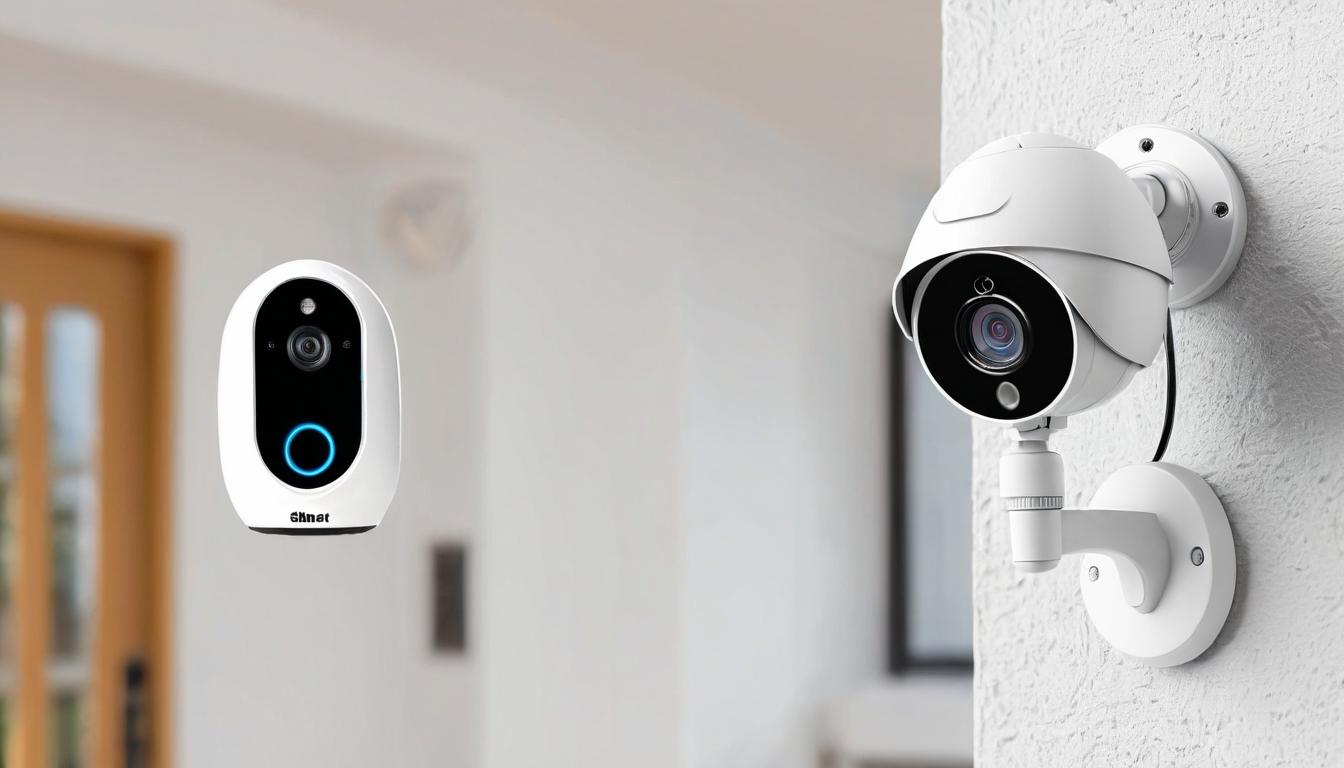The sleek, minimalist device sits quietly in your living room, listening for your commands and monitoring your home's security. It promises convenience, protection, and peace of mind. But behind that polished exterior lies a complex web of data collection, privacy concerns, and security vulnerabilities that most consumers never consider.
When I began investigating the smart home security industry, I expected to find the usual corporate evasions and half-truths. What I uncovered instead was a landscape of deliberate obfuscation, where manufacturers prioritize market share over transparency and security. The devices that promise to protect our homes are often the very things putting our digital lives at risk.
Most smart home devices operate on a simple premise: constant connectivity equals better service. But this always-on mentality creates multiple entry points for hackers. Security cameras that stream footage to the cloud, doorbell cameras that record every visitor, smart locks that communicate with servers halfway across the world—each represents a potential vulnerability that could be exploited by anyone with enough technical knowledge.
During my investigation, I spoke with cybersecurity experts who demonstrated how easily many popular devices can be compromised. One researcher showed me how he could access a neighbor's security camera feed using nothing more than default login credentials and basic hacking tools. Another explained how smart doorbells often transmit unencrypted video footage, allowing anyone on the same Wi-Fi network to watch what the camera sees.
Perhaps most concerning is the data collection practices these companies employ. Many smart home devices track far more than their marketing materials suggest. They monitor when you're home, what rooms you frequent, who visits your property, and even your daily routines. This information becomes valuable metadata that companies can use for targeted advertising or sell to third parties.
Privacy policies, often buried in lengthy terms of service agreements, give these companies broad rights to collect and use your data. One policy I reviewed allowed the company to use video footage for 'product improvement and development' without explicitly defining what that meant. Another reserved the right to share data with 'partners and affiliates' without specifying who those entities might be.
The physical security risks are equally troubling. Smart locks can be hacked to grant unauthorized access, security systems can be disabled remotely, and baby monitors can be turned into surveillance devices. I interviewed several families who experienced these breaches firsthand, and their stories would make any homeowner think twice about welcoming these devices into their homes.
Manufacturers often release products with known vulnerabilities, prioritizing speed to market over security testing. One engineer I spoke with, who worked for a major smart home company, confessed that security was often an afterthought during development. 'We knew about the vulnerabilities,' he told me, 'but management said we could patch them later through firmware updates.'
The regulatory landscape offers little protection. Current laws haven't kept pace with technology, leaving consumers largely on their own when it comes to smart home security. There are no universal standards for device security, no mandatory disclosure requirements for data breaches, and no consistent privacy protections across the industry.
So what can consumers do to protect themselves? Experts recommend several strategies: always change default passwords, keep firmware updated, segment smart devices on a separate Wi-Fi network, and carefully review privacy settings. But these measures place the burden squarely on consumers rather than holding manufacturers accountable for building secure products.
The solution requires a multi-faceted approach. Manufacturers need to prioritize security from the design phase, regulators must establish and enforce meaningful standards, and consumers need to become more informed about the risks they're accepting when they install these devices.
As I concluded my investigation, one thought kept recurring: we're trading convenience for security in ways we don't fully understand. The smart home revolution promises to make our lives easier, but it's creating new vulnerabilities that could have serious consequences. Until manufacturers become more transparent and regulators more proactive, consumers must navigate this landscape with caution and skepticism.
The devices designed to protect our homes shouldn't be the things that put us at risk. It's time for the smart home industry to prioritize security over convenience and transparency over profit. Our digital safety depends on it.
The hidden risks of smart home devices: what manufacturers don't tell you

